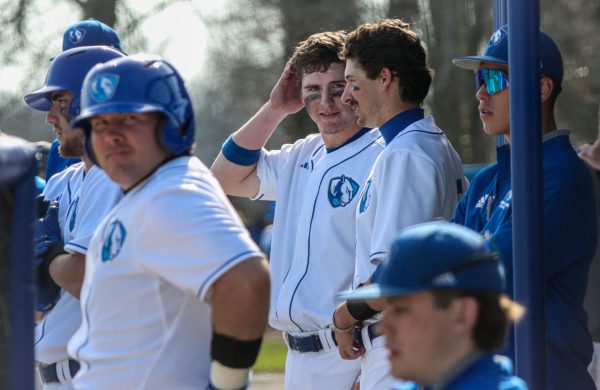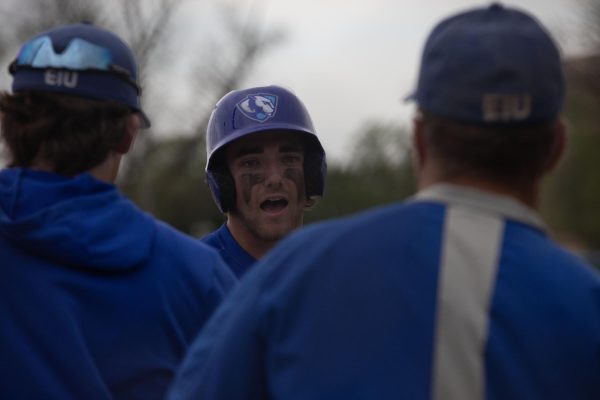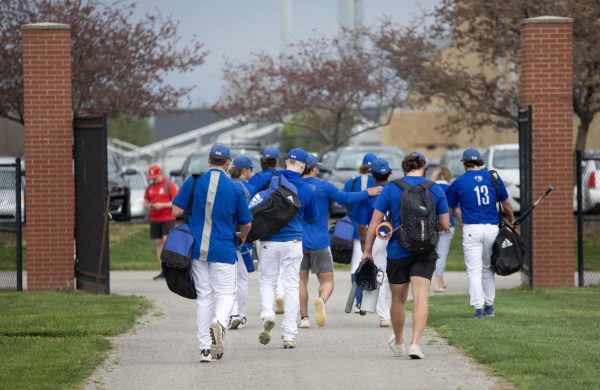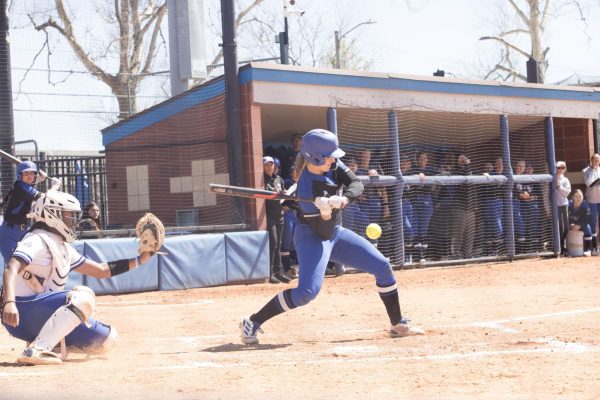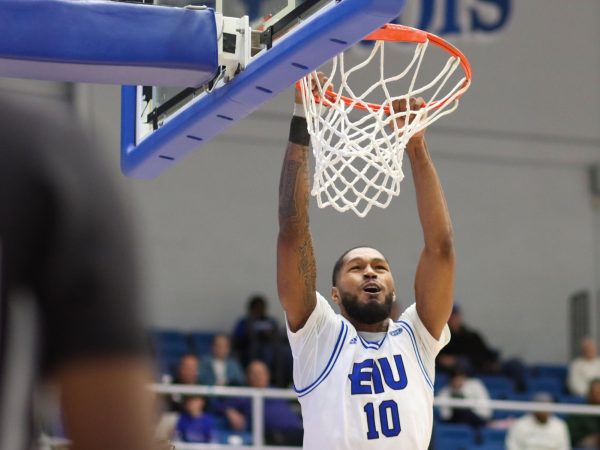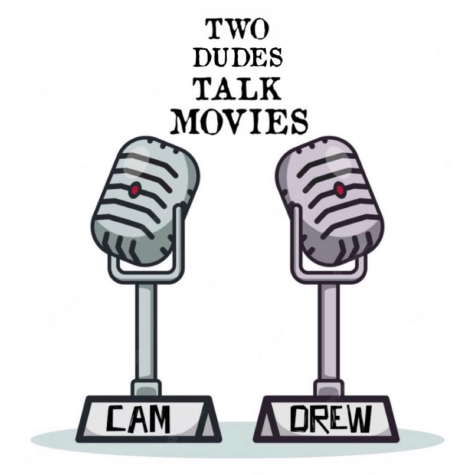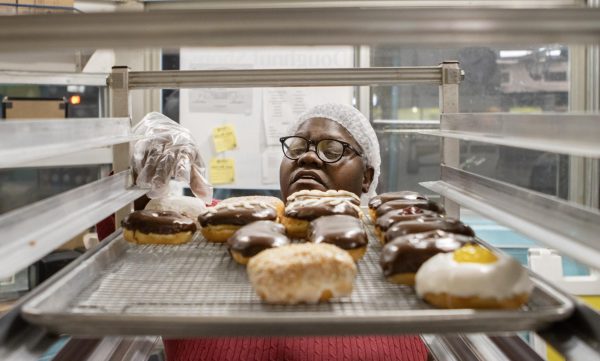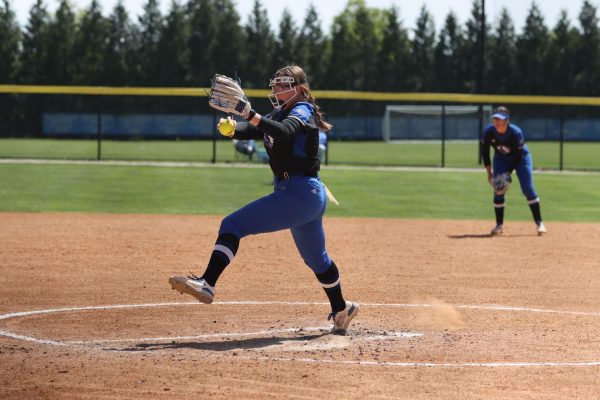Column: Future generations will Livestrong
The second I walked through the door Saturday, before I could even take my shoes off, my seven-year-old cousin Abby, who I call Stinkerbelle, had climbed on me with a brush and “ponies” (hair rubber bands) to play beauty shop. While she pulled and knotted my hair I noticed her pink rubber bracelet.
As a catholic school girl she told me she and the girls in her class wear rubber bracelets (the “Livestrong” trend) because it is the only jewelry allowed.
As a former catholic school girl myself, I always disagreed with the no nail polish, no jewelry classroom rule, but although it may be accidental, I think it has served some beneficial purposes.
Mainly, to keep education a focus.
When I asked Abby if she knew what the bracelet meant, expecting to hear “Barbie power,” I was surprised to discover she knew exactly what it meant.
She told me she has six bracelets. A purple bracelet which she says is called “bandages” and is for kids with diseases, an “Easter colored” bracelet with hearts that she is still looking to find out what it means but in the meantime says it is for “lots of love,” a yellow bracelet to support our troops and three pink bracelets for breast cancer awareness (because she lost one, bought another, found the lost one and received the third from a friend).
She is waiting to get a Multiple Sclerosis bracelet because her grandmother has it.
Abby told me she talks about the different bracelets and their meanings with her friends and looks online with her mom at different bracelets. She continued to tell me there is a tsunami bracelet and asked me if I knew what that was or if she needed to explain it.
My little Stinkerbelle, too small to get a glass out of the kitchen cabinet, is going to teach me about issues as big as the tsunami, our troops and breast cancer.
Is this acquired knowledge just because of her school or are other kids being exposed to these issues as well, I wondered. That evening we watched the ABC Family movie premiere of “School of Life,” a movie about a teacher with terminal lung cancer who teaches his students to live in the moment and cherish life.
What a great lesson, I thought. What a bright future there would be if only we had educators here in reality to share that kind of knowledge with children.
As it turns out, we do.
Sunday morning on the front page of the Chicago Tribune, a story of a Rogers Park teacher fighting cancer and learning with her first, second and third grade students how to “live in the moment” stared back at me.
Open communication with children about serious subject matter is possible. And guess what: children can handle it.
And as future educators, parents, or the elderly this generation will likely be caring for, we should encourage these lessons of compassion. Teaching children about life lessons such as to live in the moment, cherish life and help others should be a part of education in addition to learning about predicates, the solar system and multiplication.
We accuse the newest and upcoming generation of a lot of faux-pas: “they’re lazy since technological advances,” “their fashions and style are too adult and/or inappropriate for their age,” and “they have poor role models like Britney Spears over what we had: Punky Brewster.”
But we can’t fail to acknowledge the positives of generation (is it x or y?): they know how to get and are using the information that technological advances have set at their feet and they can interpret, understand and grow from the early exposure to subjects we didn’t think they could be ready for.
Abby looks at the pictures in the newspaper, knows how to surf the net and genuinely believes she can make a difference in the world. Abby has filled my head with positive expectations about upcoming generations in addition to barrettes and “ponies.”



































